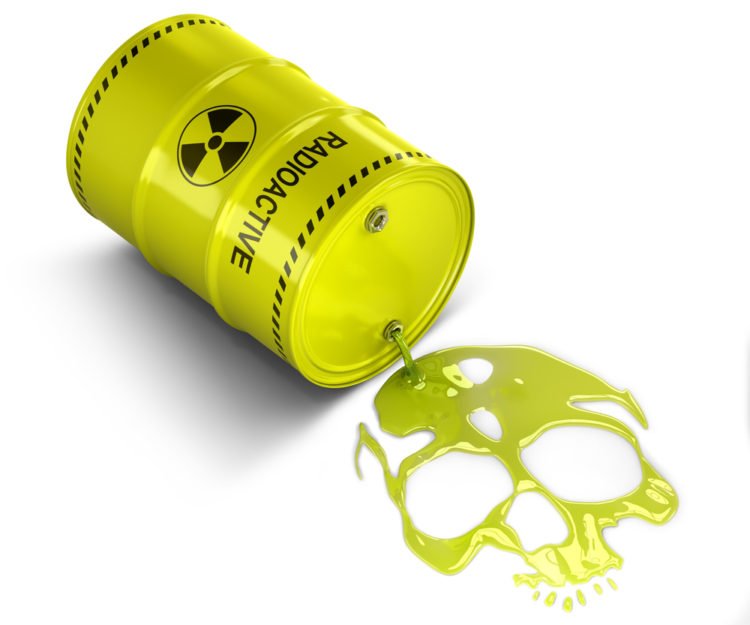
When the food you’re cooking needs a bit more flavor, what do you reach for? Some spices of course!
They can add a whole lot of flavor to your cooking and have also been proven to have a wide range of anti-inflammatory and disease-reducing effects.
But did you know that some spices at the grocery store may have been exposed to half a billion x-rays’ worth of radiation?
And your spices aren’t alone – they’re simply one of the most commonly-irradiated foods out there.
Food irradiation continues to be a hotly-debated topic. The FDA insists that it is safe for the use of preserving produce and, in some cases, delaying ripening.
While those two points are a bit concerning, irradiation does accomplish some beneficial things. For example, it kills a ton of bacteria that exists on food, reducing the need for harsh pesticides.
But independent researchers have been looking into the irradiation process since the 1960s, and they’ve found some startling evidence against it.

A variety of foods go through the irradiation process, including vegetables, fruits and meat.
For one, irradiation damages the quality of food.
The process breaks up molecules and creates free radicals, damaging vitamins and enzymes. These free radicals also combine with chemicals like pesticides to produce new compounds known as unique radiolytic product URPs.
Many of these URPs are known toxins, and some are even unique to irradiated foods.
Irradiated foods also lose as much as 80% of their vitamins depending on the dose of irradiation and how long they’ve been stored.
Further, the long-term effects of irradiated foods have not been studied.
According to Organic Consumers, the longest human irradiated food study was conducted over 15 weeks. No one has conducted long-term studies to show what sort of effects a lifelong irradiated food diet may produce. Studies have also not been conducted on the effects of feeding babies irradiated foods.
Studies have, however, been conducted on animals that showed extremely worrying signs such as increased tumor risk, reproductive failure and kidney damage.
Irradiation is also harmful to the environment.

In 1988, radioactive water leaked from an irradiation facility in Georgia. This caused radiation to be tracked into cars and homes. $47 million taxpayer dollars had to be spent cleaning up the mess.
Irradiation is a band-aid to a much larger problem.
You know how I said irradiation is helpful for killing bacteria in produce?
Well, think about it – Why does that bacteria need to be there in the first place?
Not all of it is natural, with a lot of it being produced as a result of unsanitary conditions in food processing. Why aren’t we working towards making our food processing efforts more sanitary rather than spending millions on food irradiation?
The good news is that it’s easy to avoid irradiated foods.
Most irradiated foods (we’ll get into the exceptions shortly) are required to carry an international symbol.

Packaging should also contain the words “Treated with Radiation” or “Treated by Irradiation.”
There are exceptions to the disclosure rule, however. Irradiated meat used in other products does not need to be marked as such. But “irradiated meat” will still appear in the ingredients.
Restaurants also don’t have to disclose the use of any irradiated food.
Consider buying food from small, local farmers or switching to an all-organic diet.
There’s another way radiation is seeping into our diet that is irrefutably harmful. Learn the details here.
Learn how to protect yourself environmental radiation in the video below!
Sources:
Global Research
Mercola
Organic Consumers
FDA
Healthline


